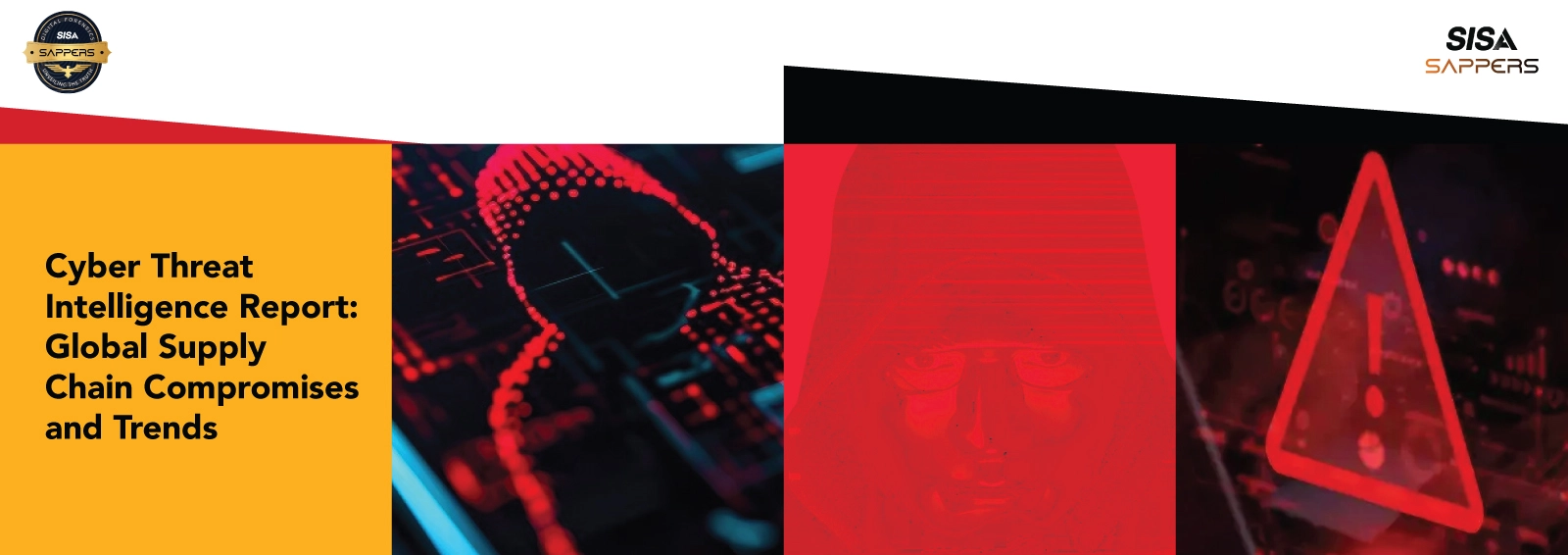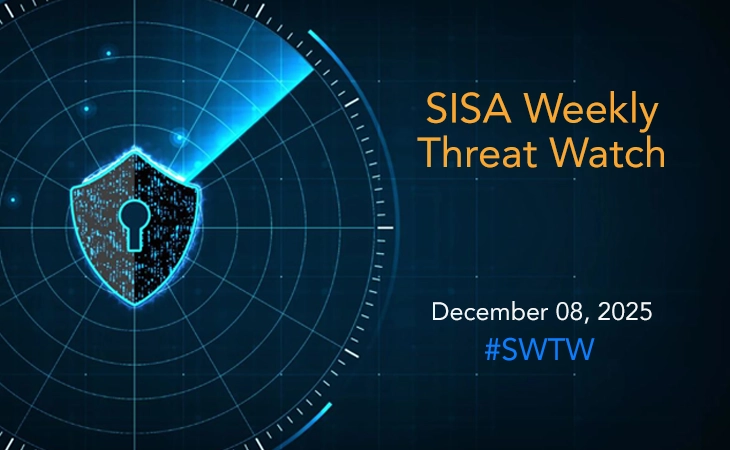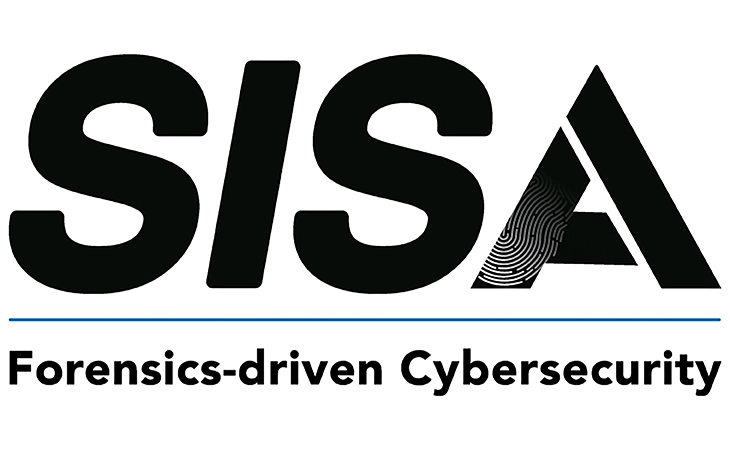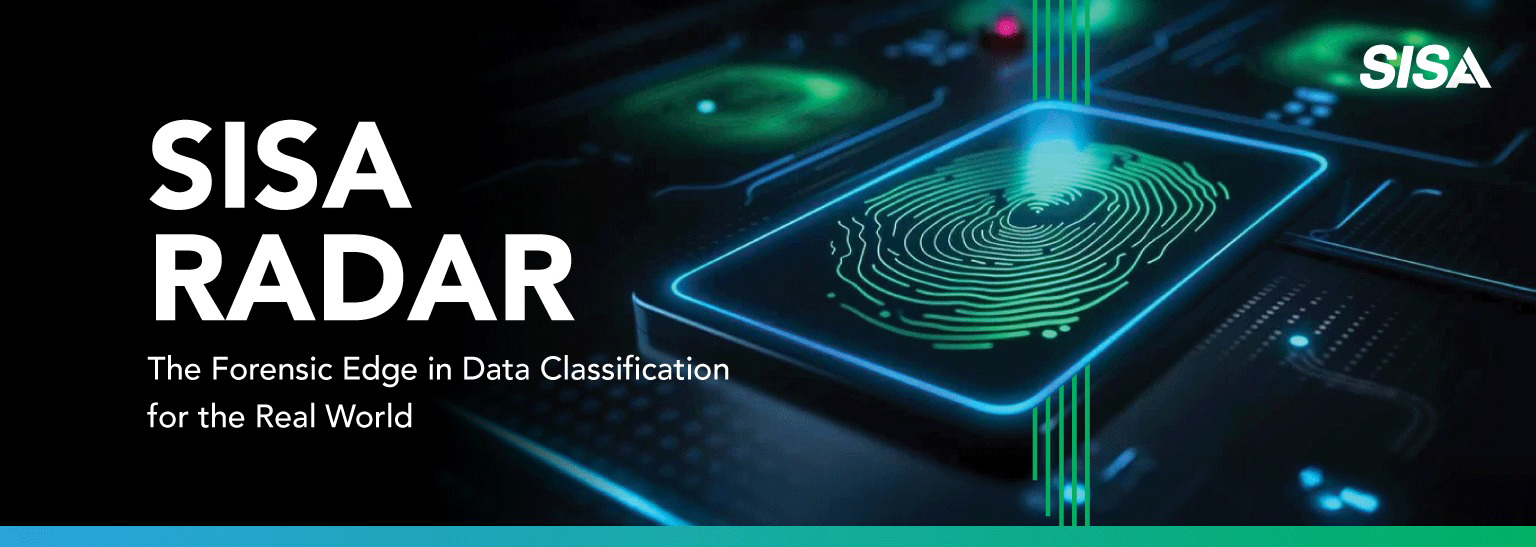
Key Steps to Prepare for Quantum Security: A Strategic Approach to Transition
Introduction
The quantum threat is no longer theoretical—it’s a reality on the horizon. As organizations begin to recognize the urgency of transitioning to quantum-safe cryptography, the next question becomes: how do you get started? In this blog, we will outline the key steps organizations need to take in their quantum-safe journey, ensuring they are well-prepared for the future of cybersecurity.
Step 1: Achieving Crypto Visibility
The first and most critical step in preparing for quantum security is to gain full visibility into your organization’s current cryptographic landscape. Many enterprises rely on a complex web of systems, applications, and services, each using different encryption algorithms. These systems may include outdated or weak cryptography that could be vulnerable to future quantum attacks.
This is where Crypto Discovery & Inventory services come in. By employing a combination of automated tools and expert manual techniques, organizations can conduct a thorough audit of all their cryptographic systems, from legacy systems to shadow IT. This step provides the visibility necessary to understand the full scope of the quantum threat.
Step 2: Risk Assessment and Prioritization
Once organizations have a clear understanding of their cryptographic landscape, the next step is to conduct a Quantum Risk Assessment. This process involves mapping systems and data assets, identifying the ones most vulnerable to quantum attacks, and prioritizing them based on their potential business impact.
To ensure a structured approach, organizations should incorporate frameworks like the MITRE Quantum Framework into their risk assessment process. This provides a comprehensive, traceable, and actionable risk posture that helps organizations understand their current vulnerabilities and plan for the future.
Step 3: Roadmapping for Post-Quantum Cryptography (PQC)
With risk assessment complete, the next step is to develop a strategic roadmap for transitioning to post-quantum cryptography (PQC). This roadmap should be aligned with emerging industry standards such as NIST (National Institute of Standards and Technology) and ETSI (European Telecommunications Standards Institute) to ensure that organizations are on the right track for future-proof cryptography.
The roadmap should include a clear plan for selecting and implementing PQC algorithms, as well as considerations for regulatory compliance. This ensures that the organization’s cryptographic systems will not only be quantum-resistant but also meet evolving security standards.
Conclusion
The journey to quantum readiness is a strategic process that involves gaining visibility, assessing risks, and planning for the transition to post-quantum cryptography. By taking these steps today, organizations can protect themselves from future quantum threats and ensure compliance with emerging regulatory standards.
Latest
Blogs
Whitepapers
Monthly Threat Brief
Customer Success Stories
 USA
USA India
India APAC
APAC Middle East
Middle East Global
Global






 Facebook
Facebook Linkedin
Linkedin  X
X Youtube
Youtube






